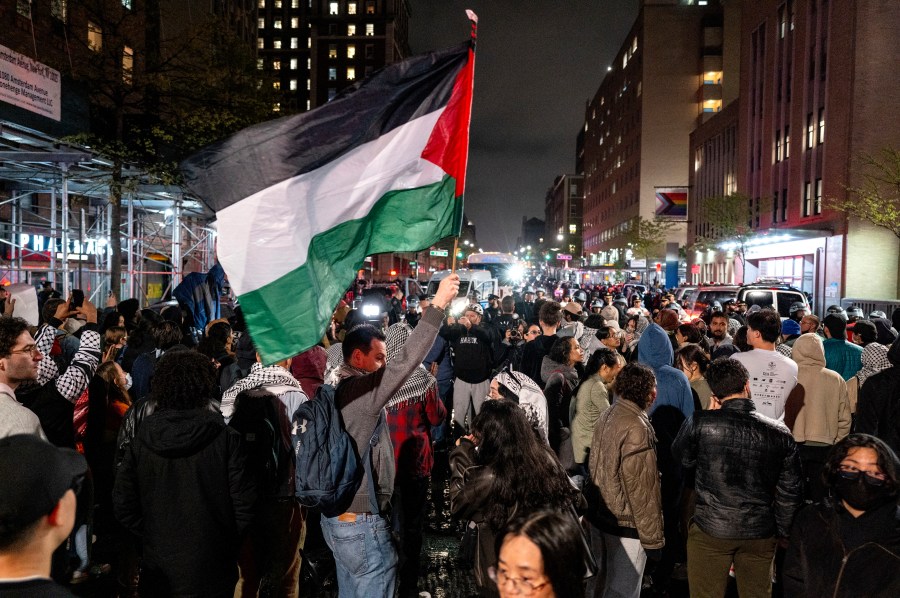Singapore Steps In As US Visa Chaos Unfolds At Harvard, Urgently Seeks Clarity To Protect Those Affected - Travel And Tour World
Saturday, June 7, 2025

Singapore is pressing Washington for urgent clarity over Harvard’s visa policy, aiming to safeguard its students amid growing US immigration uncertainty.
Singaporean students currently studying at Harvard University are being offered academic alternatives back home, as uncertainty surrounding United States immigration policies intensifies. The move comes in response to recent developments in Washington that have disrupted visa permissions for international students, leaving many unsure about their academic futures in the US.
In a virtual briefing held on May 30, students were informed that Singapore’s six autonomous universities stand ready to provide placements for those who may be forced to discontinue their studies in the United States. This initiative, spearheaded by Singapore’s Ministry of Education, aims to ensure that Singaporean nationals are not left stranded by sudden policy changes.
The universities involved—National University of Singapore (NUS), Nanyang Technological University (NTU), Singapore Management University (SMU), Singapore University of Social Sciences (SUSS), Singapore University of Technology and Design (SUTD), and the Singapore Institute of Technology (SIT)—have each expressed readiness to welcome returning students. The institutions represent the foundation of Singapore’s higher education ecosystem and are equipped to accommodate students whose plans abroad may be disrupted.
At present, official data indicates that 151 Singaporean students are enrolled at Harvard. This includes several individuals studying on nationally funded scholarships. The students, alongside nearly 7,000 other international peers, found themselves in a state of limbo following a sudden visa policy shift initiated by Washington.
On May 22, US authorities revoked Harvard’s certification under the Student and Exchange Visitor Programme (SEVP)—a designation that permits institutions to host foreign students. The revocation, issued without prior warning, jeopardized the legal status of thousands of international students and triggered a wave of uncertainty across academic circles in both the US and abroad.
The directive required affected students to either transfer to a different institution that maintained SEVP approval or face deportation. The abrupt nature of the policy change ignited widespread concern, particularly within global education networks, and prompted immediate legal responses.
A federal court ruling temporarily blocked the enforcement of the policy, forcing the US administration to delay its action. On May 29, authorities in Washington granted Harvard a 30-day period to challenge the decision and present documentation in support of retaining its ability to admit international students. Although this legal reprieve has paused immediate consequences, the underlying threat remains unresolved.
Harvard’s international student population accounts for more than twenty-five percent of its total enrollment. However, under a new policy proposal emerging from Washington, that figure would be drastically reduced to a cap of fifteen percent. Such a reduction could fundamentally alter the university’s global profile, limiting diversity and potentially affecting its academic influence on the world stage.
For Singaporean students, the evolving situation underscores the risks associated with studying overseas amid volatile immigration environments. While many pursue degrees in the US due to its global academic standing, these recent events highlight the value of contingency plans and home-based options. The offer by Singapore’s universities not only provides practical recourse but also serves as a stabilizing factor in an otherwise unpredictable scenario.
The visa crisis stems from broader political debates within the United States regarding border control, education access, and national interest—debates that now have tangible consequences for students around the world. The rippling impact of Washington’s policy choices demonstrates how interconnected the global education landscape has become.
As discussions continue between governments and universities, students are encouraged to remain vigilant and in close contact with educational authorities both in Singapore and the United States. The coming weeks are expected to shed more light on how the US will handle the issue long-term. Until then, uncertainty lingers for many students whose aspirations now hang in the balance.












